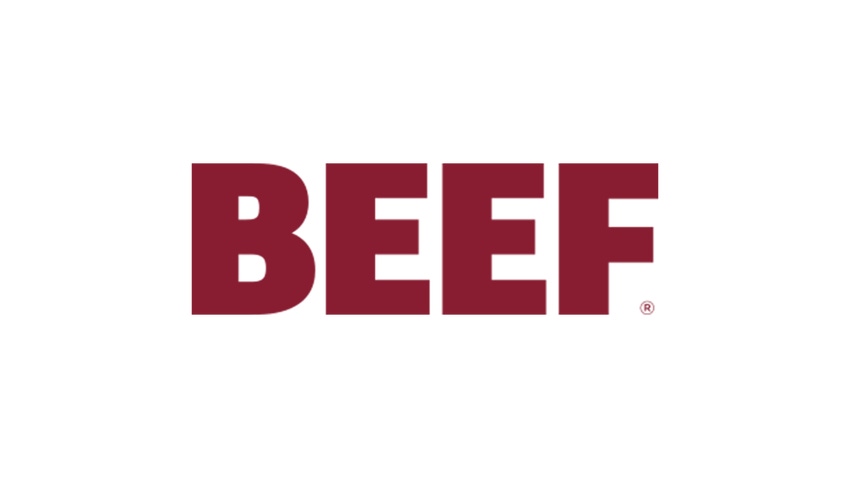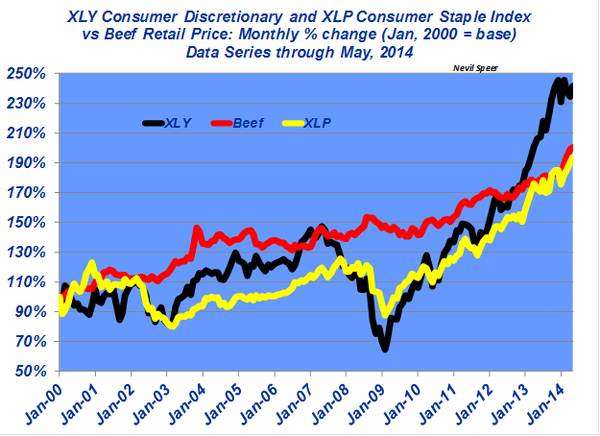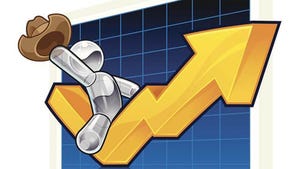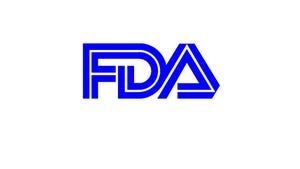Industry At A Glance: Is Beef A Luxury Food Or A Staple?
Will beef ultimately be priced so high that it becomes perceived by consumers as a luxury item?
July 15, 2014

The rising price of beef stirs lots of discussion about the industry’s ability to maintain competitiveness over the long run. Several weeks ago, this column discussed a comparison of price trends at the meat counter over time. In all of this, one of the questions that often arises is whether beef will ultimately be priced so high that it becomes perceived by consumers as a luxury item (vs. a staple item).
There’s no perfect answer to that question. However, to get some long-term perspective, the accompanying graph provides some comparison between retail beef prices and the Standard and Poor’s SPDR® Consumer Discretionary and Consumer Staple ETF (exchange traded fund) performance over time. The ETFs are comprised of a group of equities representing different aspects of the economy. For example, XLY (Discretionary) includes companies like Disney, Amazon, Home Depot and Starbucks. Meanwhile, the XLP holds companies such as Procter & Gamble, Colgate-Palmolive, Walmart, Walgreens and CVS.
Subscribe now to Cow-Calf Weekly to get the latest industry research and information in your inbox every Friday!
The comparison isn’t perfect; stock market values are based on very different drivers vs. retail meat prices. However, the relationship does provide some long-term perspective of beef’s relative position between different sectors of our economy. That’s especially important within consideration of the financial crisis.
Perhaps most important, are the trends since 2009. In the midst of the financial crisis, beef’s price saw very little change compared to the perceived value of companies on both the discretionary and staple fronts. Since that time, though, discretionary spending among consumers who possess such income has performed very well – thus, those companies have been rewarded by higher share prices. Simultaneously, companies specializing in consumer staple products have also benefitted from better spending but not nearly to the same degree.
Interestingly enough, beef’s retail price trend has stayed closer to the XLP (staples), not the XLY (discretionary). How do you perceive this comparison? Does this indicate that beef is not being perceived as a luxury? Where do you see beef’s relative position in the economy – as discretionary spending or more of a staple? With higher prices, will that change going forward? Leave your thoughts below.
Other Trending Articles at BEEF:
EPA Plans Will Cripple Rural Firefighting Crews
70+ Photos Honor The Hardworking Cowboys On The Ranch
About the Author(s)
You May Also Like




.png?width=300&auto=webp&quality=80&disable=upscale)
